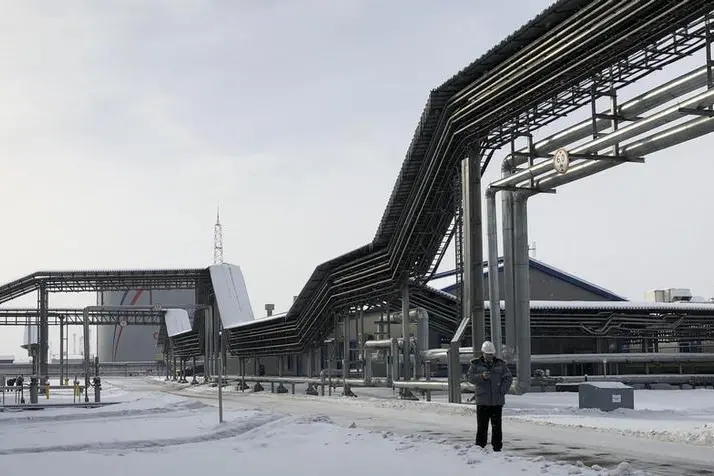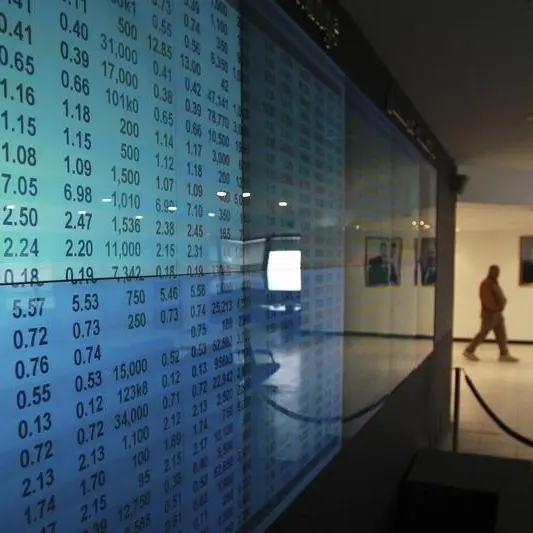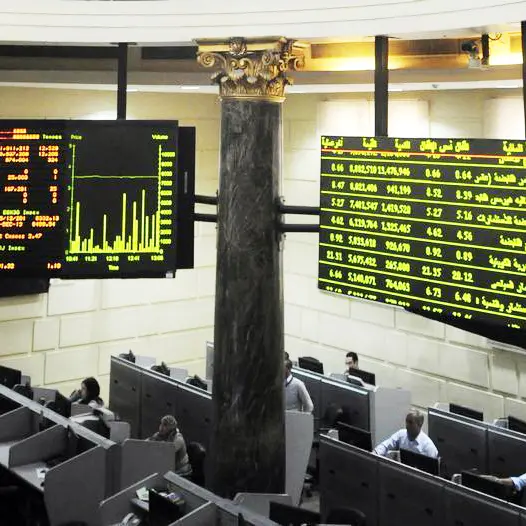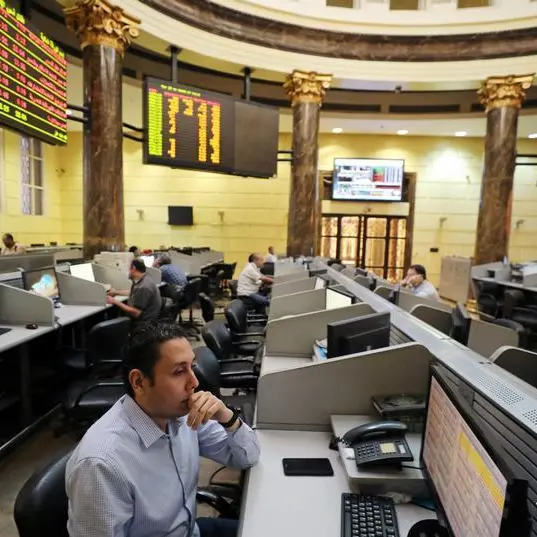PHOTO
An oil storage tank of Russian oil pipeline monopoly Transneft is pictured at the Baltic Sea port of Ust-Luga, Russia February 26, 2018.
LONDON- Oil fell on Tuesday as investors took profits after a brief uptick in prices, while U.S. data that showed crude output is growing faster than expected continued to put pressure on the market.
Brent crude futures were down 32 cents at $64.63 a barrel by 1246 GMT, off an earlier high of $65.25, while U.S. West Texas Intermediate (WTI) crude futures CLc1 were up 17 cents at $61.53 a barrel.
Both crude benchmarks dropped by around 1 percent on Monday after the U.S. Energy Information Administration said output from the shale basin would hit a new record high in April.
The premium of the front-month Brent and WTI futures contract to those for delivery further ahead has shrunk in the last two weeks in a sign that traders and investors are less optimistic about the likely balance between global supply and demand this year.
"Crude oil futures are still stuck in a triangle, not able yet to show a convincing trend either way," Petromatrix analyst Olivier Jakob said.
"The price momentum is low and waiting for some volatility creation by the weekly statistics."
U.S. crude inventories are expected to show an increase later in the day when the American Petroleum Institute reports its weekly findings.
U.S. crude production from major shale formations is expected to rise by 131,000 bpd in April from the previous month to a record 6.95 million bpd, the U.S. Energy Information Administration (EIA) said in a monthly report on Monday.
That expected increase would top the 105,000 bpd climb in March from the previous month, to what was then expected to be a record high of 6.82 million bpd, the EIA said.
U.S. production is expected to rise above 11 million bpd by late 2018, taking the top spot from Russia, according to the International Energy Agency (IEA).
Healthy demand and ongoing supply restraint by a group or producers led by the Organization of the Petroleum Exporting Countries (OPEC) and Russia, however, have so far prevented further price falls.
"The average monthly increase (in shale output) in the eight months since September is 155,000 bpd. This would see shale oil production soar by 1.5 million bpd within a year – enough to cover the total increase in global oil demand," Commerzbank said in a note.
"Thus OPEC has no scope to expand production from its current level."
But in a sign that an early-year rally in crude oil may have fizzled out, money managers cut their combined net long positions in the six most important futures and options contracts linked to petroleum prices by 50 million barrels in the week to March 6.
(Additional reporting by Henning Gloystein in SINGAPORE; Editing by Jon Boyle and Jane Merriman) ((amanda.cooper@thomsonreuters.com; +442075423424; Reuters Messaging: amanda.cooper.thomsonreuters.com@reuters.net; Twitter: https://twitter.com/a_coops1))





















